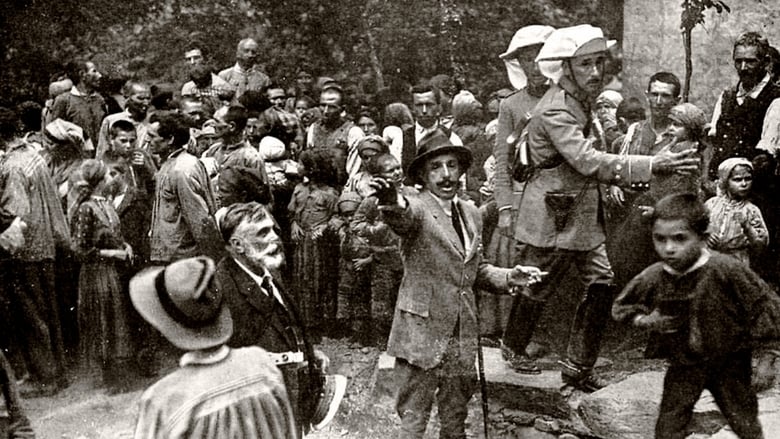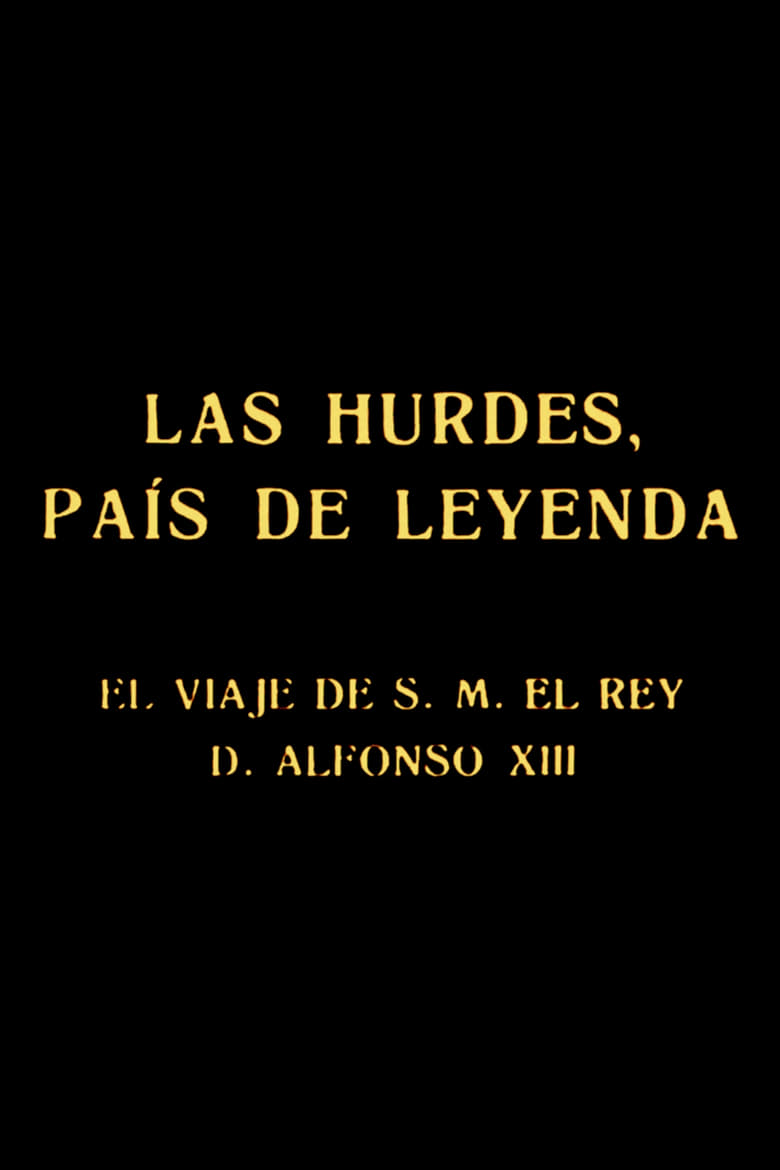

Las Hurdes, país de leyenda
Genres
Overview
An account of the journey that King Alfonso XIII of Spain made to the impoverished shire of Las Hurdes, in the province of Cáceres, in the region of Extremadura, in 1922.
Details
Budget
$0
Revenue
$0
Runtime
14 min
Release Date
1922-01-01
Status
Released
Original Language
Spanish
Vote Count
1
Vote Average
4
King Alfonso XIII of Spain
Self - King of Spain
Gonzalo Latorre
Self - Journalist
Pedro Segura y Sáez
Self - Bishop of Coria
7.5
Berlin: Symphony of a Great City
A day in the city of Berlin, which experienced an industrial boom in the 1920s, and still provides an insight into the living and working conditions at that time. Germany had just recovered a little from the worst consequences of the First World War, the great economic crisis was still a few years away and Hitler was not yet an issue at the time.
1927-09-23 | de
0.0
Das Bewegungssystem des Menschen
Short film about the human body
1979-01-01 | de
0.0
Auf den Spuren der wilden Otter
Short film about otters
1986-01-01 | de
5.0
Del mero corazón
A lyrical journey through the heart of Chicano culture as reflected in the love songs of the Tex-Mex Norteña music tradition. Performers include, Little Joe & La Familia, Leo Garza, Chavela Ortiz, Andres Berlanga, Ricardo Mejia, Conjunto Tamaulipas, Chavela y Brown Express and more.
1979-01-01 | en
5.0
Salvador Dalí at Work
Filmmaker Jonas Mekas follows the surrealist artist around the streets of New York documenting staged public art events.
2006-11-11 | en
0.0
Catboy
A short documentary where director Dave Jackson digs into his catboy past and life after Cat Sick Blues.
2021-02-24 | en
6.9
Chavela
Inspired by an exclusive interview and performance footage of Chavela Vargas shot in 1991 and guided by her unique voice, the film weaves an arresting portrait of a woman who dared to dress, speak, sing, and dream her unique life into being.
2017-06-16 | es
0.0
99 days
Two instants separated by 99 days conflict with each other.
2022-09-18 | xx
10.0
Flood in the Desert
Explore the 1928 collapse of the St. Francis Dam, the second deadliest disaster in California history. A colossal engineering and human failure, the dam was built by William Mulholland, a self-taught engineer who ensured the growth of Los Angeles by bringing the city water via aqueduct. The catastrophe killed more than 400 people and destroyed millions of dollars of property.
2022-05-03 | en
6.7
The Gratinated Brains of Pupilija Ferkeverk
Plotless and wordless, beautifully edited shots of young (often naked or semi-naked) people in various positions, illustrating different emotions, actions and situations, underlined by rock music.
1970-01-01 | sh
0.0
Torino 20venti - Storie da un altro mondo
Shots of Turin, deserted because of the pandemic, interweave with images of the movies that have been shot in the city ever since the dawn of cinematography.
2020-11-24 | it
7.0
Land Without Bread
An exploration —manipulated and staged— of life in Las Hurdes, in the province of Cáceres, in Extremadura, Spain, as it was in 1932. Insalubrity, misery and lack of opportunities provoke the emigration of young people and the solitude of those who remain in the desolation of one of the poorest and least developed Spanish regions at that time.
1933-12-01 | es
6.8
Megacities
Megacities is a documentary about the slums of five different metropolitan cities.
1998-08-12 | en
6.0
A Wife Among Wives
David and Judith MacDougall are exploring the marriage rituals and roles of Turkana women in this ethnographic documentary. The film's biggest part is taken up by talks between the Turkana people. As one of the first ethnographic documentaries "A Wife Among Wives" subtitles these talks so that the viewer can get a better and probably more personal understanding of the life of the Turkana.
1981-01-01 | en
5.8
The Long Shadow of Dirty Harry
An in-depth look at Dirty Harry (1971), featuring interviews with such film artists as Michael Madsen, 'Hal Holbrook', John Milius, 'Shane Black' and John Badham.
2008-07-23 | en
8.2
Night and Fog
Filmmaker Alain Resnais documents the atrocities behind the walls of Hitler's concentration camps.
1959-04-27 | fr
0.0
The Fall of the I-Hotel
The Fall of the I-Hotel brings to life the battle for housing in San Francisco. The brutal eviction of the International Hotel's tenants culminated a decade of spirited resistance to the razing of Manilatown. The Fall of the I-Hotel works on several levels. It not only documents the struggle to save the I-Hotel, but also gives an overview of Filipino American history.
1983-06-15 | en
6.6
Alone
This investigation into the layers of mass incarceration and its shaping of the modern black American family is seen through the eyes of a single mother in New Orleans, Louisiana.
2017-01-14 | en
0.0
Donner, Blitz und Regen
Short film about light and weather phenomena
1930-01-01 | de
7.0
The Tickle King
Featuring new, previously unseen footage documenting the bizarre and unsettling things that happened to filmmakers David Farrier and Dylan Reeve as Tickled premiered at film festivals and theaters in 2016. Lawsuits, private investigators, disrupted screenings and surprise appearances are just part of what they encounter along the way. Amidst new threats, the duo begins to answer questions that remained once the credits rolled on Tickled, including whether the disturbing behavior they uncovered will ever come to an end.
2017-02-27 | en